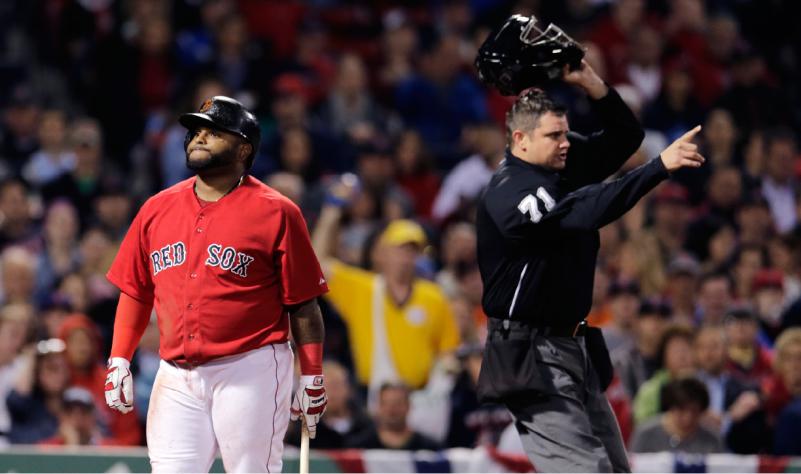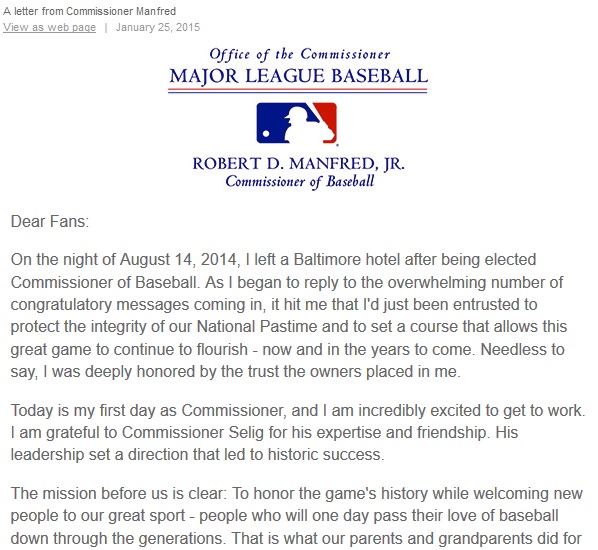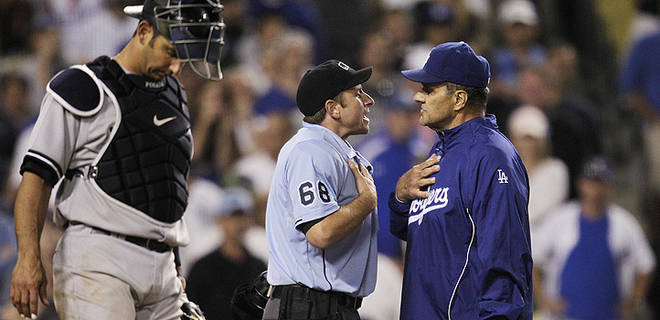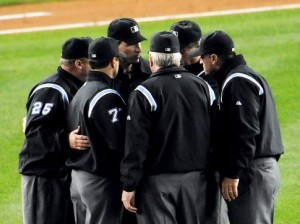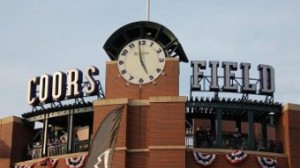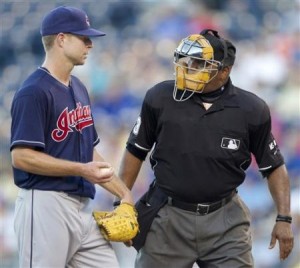The Evolution of Baseball 5
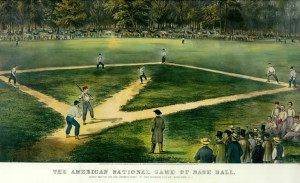
Though the game of baseball has evolved quite a bit since its early days, there are still many components that are similar.
With the postseason and World Series creeping toward us, many baseball fans get a little nostalgic about the sport. They reflect on the games they watched in the ’70s and ’80s, and they typically lament the direction the game has gone since then.
They aren’t just talking about the attitudes of players or their astronomical incomes. It also applies to the playing of the game itself. Since its inception, baseball has made a remarkable evolution through technology and adaptation. Here are just a few of the ways that it isn’t your grandfather’s game anymore. Whether you like them, hate them, or don’t even understand them, they’re where we are now.
Instant Replay
We might as well get to this one right away, hadn’t we? Baseball has always had a very low-tech nature. Wrigley Field even shunned lights until 1988. Indeed, much of the game’s appeal has always been that even impoverished kids on a rocky vacant lot can cobble together enough basic gear to play.
So it was a bit blasphemous for some fans when Major League Baseball began doing limited video review of certain types of plays. But the fact is, the founders of baseball might have put the technology to use when they first developed the game, if it had been available. As excruciating as it can be to watch an umpire stand there with headphones on for three or four minutes, it’s tough to deny that the mysterious reviewer in New York City is getting most calls right. Win or lose, you can’t argue with that.
Gear In High Gear
With each passing year, the technology behind and within the game becomes more complex. Catcher’s masks are sleek and made of space-age materials. The cleats used today could get you traction on an iceberg.
In perhaps the most dramatic changes, bats have reached an interplanetary level of evolution. The timber swung by DiMaggio and Maris as kids is nothing like youth baseball bats from HomerunMonkey.com, and even the equipment they later used in their professional careers pales in comparison. Sure, pitching is tougher today, but knowing about the bats of the past makes it all the more impressive what those players were able to do.
Statistical Overload
This is not exactly an on-field factor, but it certainly has an impact in the game. Numbers are being crunched at a greater rate than popcorn and Cracker Jacks in modern ball parks. It isn’t enough just to know a player’s batting average or ERA. He also has a slugging percentage, on-base percentage, and a detailed statistical profile of his hitting proficiency on odd-numbered days when the moon is waxing and the temperature is a multiple of 14.
The thing is, these numbers aren’t just tossed around like a pre-game warm up ball. They are actually used. They drive fielder positioning, pitch selection, and base-running predictions. Read the rest of this entry →
